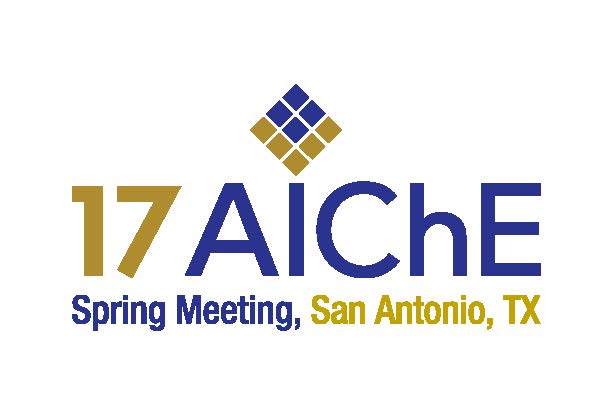

In order to estimate breathing losses, evaporation and condensation must be accounted for. Their impact will be shown for tanks containing liquids of increasing volatility. The authors remark that phase change in storage tanks is mentioned in the latest editions of API 2000 though no explicit calculation procedure is given therein.
Among the several strategies to minimize breathing losses the influence of wall thickness, proper choice of insulation material as well as advanced setting requirements of Pressure Vacuum Relief Valves (PVRV) are discussed. The impact of different setting requirements is discussed here with overpressure ranging from 10 %, as usually required for safety relief valves (SRV) on pressurized tanks, to 100 %, which is the most common feature for PVRV in the market. The experimental tests confirm that gaseous emissions are minimized by using 10% overpressure without compromising the safety of the tank.
With this paper the authors invite the readers to analyze thoroughly the behavior of the stored media and investigate also the economic aspects of the several strategies aiming to reduce the breathing losses to the environment.
Presenter(s)
Language
Pricing
Individuals
| AIChE Member Credits | 0.5 |
| AIChE Pro Members | $19.00 |
| Fuels and Petrochemicals Division Members | Free |
| AIChE Graduate Student Members | Free |
| AIChE Undergraduate Student Members | Free |
| AIChE Explorer Members | $29.00 |
| Non-Members | $29.00 |
